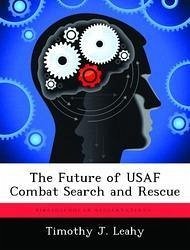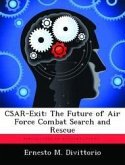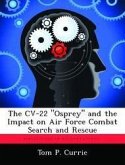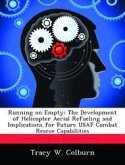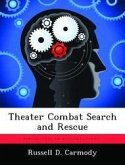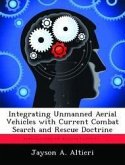The genesis of this paper is based on the following concept. The need to recover isolated personnel quickly and reliability raises many policy issues about U.S. combat air search and rescue forces, not the least of which relate to the suitability of their aircraft fleet. Along these lines, this study asks the question of whether the USAF should be satisfied with its helicopter-based CSAR force for the indefinite future, or whether it should make definite plans to replace those helicopters expeditiously with tiltrotor aircraft, probably the Bell-Boeing V-22 Osprey. The first part of this paper analyses the role CSAR has played in the Air Force's past and the current and future requirements of USAF CSAR forces. The conclusions reached are that both historically in times of conflict and in today's operational environment a requirement existed and will continue to exist for CSAR capabilities. Additionally, the need to react quickly over greater distances will impact the structure of tomorrow's CSAR forces. The second part of the paper analyses the impact of speed, range and survivability on the success or failure of rescue operations through the use of three case studies. The case studies indicate that in varying degrees both the planning and probability of success of rescue missions are influenced by the effects of speed, range and survivability. From a strict operational viewpoint, an aircraft that has increased speed, range and survivability would be more flexible and capable in the CSAR mission.

